Interface is renowned for its sustainable approach to making carpet. In this latest initiative, fishing nets are being transformed into carpet tiles.
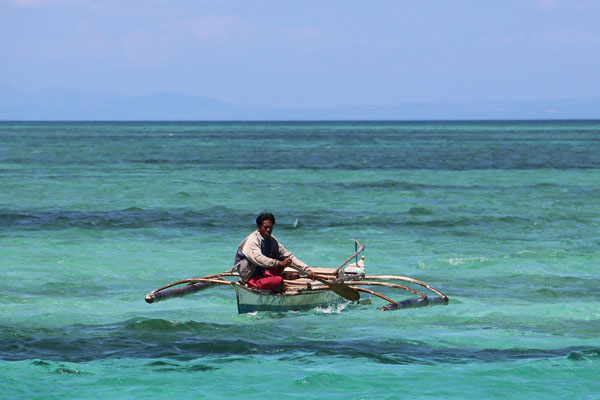
October 13th, 2014
Interface is famously known for its Mission Zero vision – a plan that involves eradicating its environmental footprint by the year 2020. And one of its latest initiatives, in partnership with Zoological Society of London and its yarn supplier Aquafil, is leading it one step closer to its goal.
The Net-Works programme has established a community-based supply chain for collecting discarded fishing nets in rural coastal areas in the Philippines. These are then turned into recycled nylon that Interface is able to utilise in its carpet tile production.
In the first two years alone, more than 35,000kg of old and unwanted fishing nets have been collected, helping 4,500 villagers in 24 communities in Danajon Bank and the Bantayan Islands (one of only six double-barrier reefs in the world). If not collected, the nets would have ended up on beaches or in the sea, ultimately taking a toll on the environment and marine life.
On the socio-economic front, artisanal fishers and members of the community, who generally live below the poverty line, can also earn supplemental income. Net-Works is closely integrated with community banking systems that support and strengthen the local, developing economy and provide new financial opportunities for residents.
“It may seem a little crazy that a commercial carpet tile company has ended up working with the fishing community on a remote double barrier reef. But that’s the beauty of seeing design as more than just product. Co-innovating with experts from lots of different disciplines has been brilliant; together we’ve re-imagined what the value chain could look like. Sustainability is the mother of all collaborations after all,” says Miriam Turner, AVP Co-innovation at Interface and co-founder of Net-Works.
Interface
interface.com
INDESIGN is on instagram
Follow @indesignlive
A searchable and comprehensive guide for specifying leading products and their suppliers
Keep up to date with the latest and greatest from our industry BFF's!

A longstanding partnership turns a historic city into a hub for emerging talent
The new range features slabs with warm, earthy palettes that lend a sense of organic luxury to every space.

Gaggenau’s understated appliance fuses a carefully calibrated aesthetic of deliberate subtraction with an intuitive dynamism of culinary fluidity, unveiling a delightfully unrestricted spectrum of high-performing creativity.

QIP recently held a significant event in Sydney, bringing together LGBTQI+ people across the property and construction industry.

The Sustainability Summit panel delves into innovative models such as the Nightingale Housing model and the AssembleFutures concept.
The internet never sleeps! Here's the stuff you might have missed
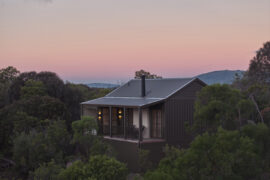
In what is already a peaceful idyll on the Mornington Peninsula, Kate Walker has crafted an intimate retreat with new villas for overnight stays at Alba.
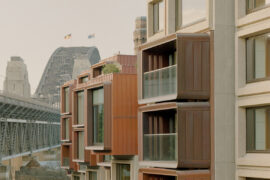
The INDE.Awards 2025 has crowned Sirius Redevelopment by BVN as the winner of The Multi-Residential Building, sponsored by CULT. This ambitious project redefines urban living in Sydney’s historic Rocks precinct while preserving heritage, reducing embodied carbon, and elevating residential design.
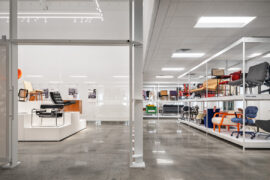
The undeniable thread connecting Herman Miller and Knoll’s design legacies across the decades now finds its profound physical embodiment at MillerKnoll’s new Design Yard Archives.
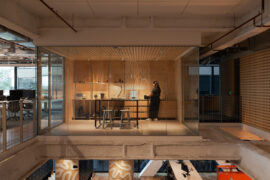
The Arup Workplace in Perth/Boorloo, designed by Hames Sharley with Arup and Peter Farmer Designs, has been awarded The Work Space at the INDE.Awards 2025. Recognised for its regenerative design, cultural authenticity, and commitment to sustainability, the project sets a new benchmark for workplace architecture in the Indo–Pacific region.